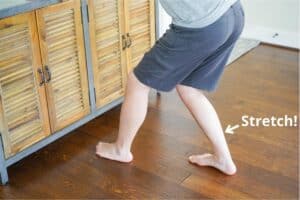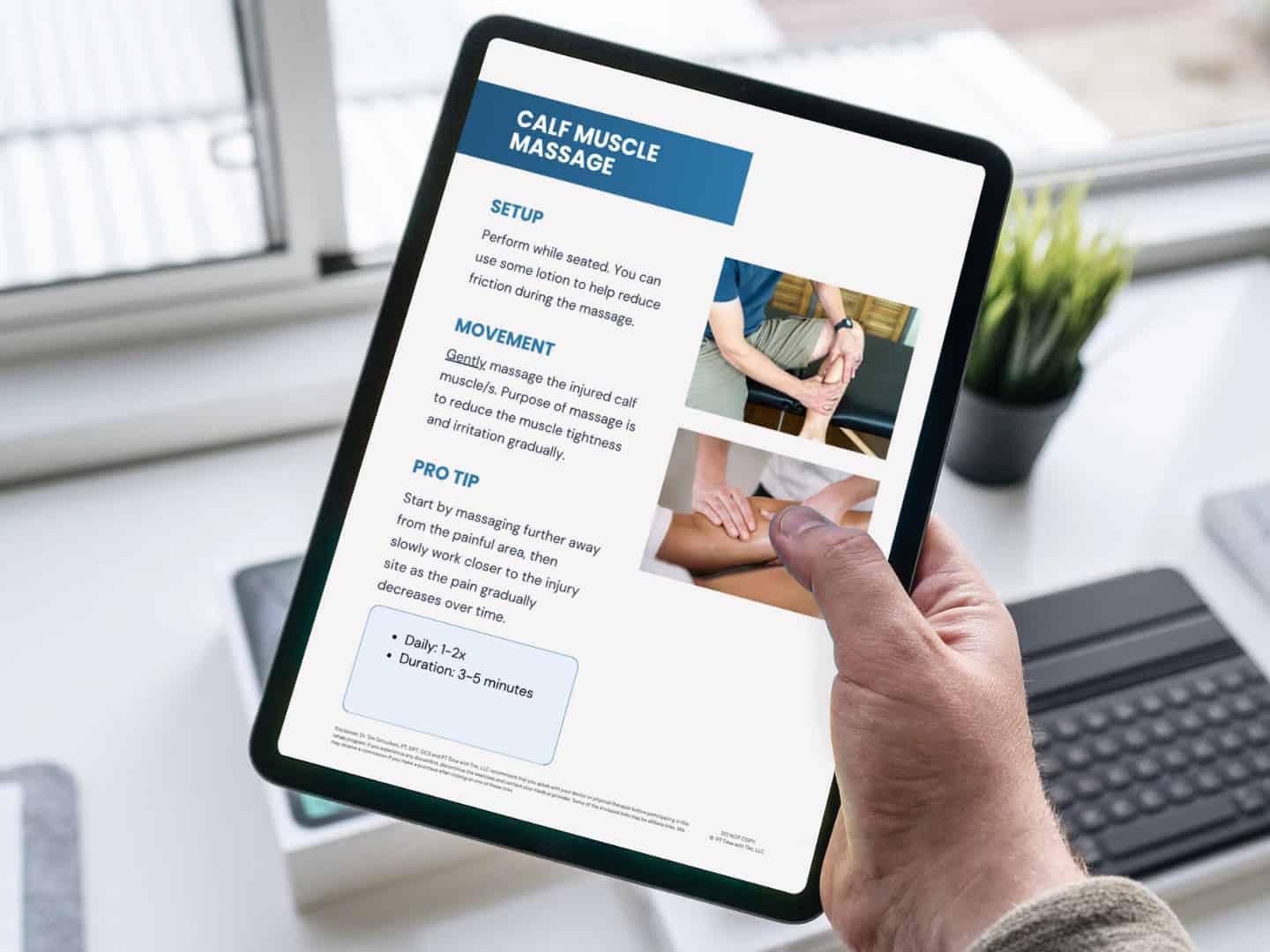

In this article you will learn how to identify a torn or strained calf muscle including the symptoms, prognosis, treatment options, as well as which calf strain exercises can help prevent these types of leg injuries in the future.
This article may contain affiliate links (Amazon, etc.). You can help support this blog by clicking through these links, and best of all is that you pay nothing extra! For full information, please see my Disclaimer.
The calf muscles are a very strong group consisting of three muscles located in the lower leg. Practically every weight-bearing exercise that we perform as humans require heavy use of this muscle group. As a result, calf muscle strain injuries occur frequently, especially in the adult, “weekend warrior” population. These lower leg injuries typically result in immediate restriction of high-impact activities for several weeks. However, research has proven that, if we perform early-intervention calf strain exercises, we can speed up the healing process and reduce our overall downtime from this injury.

Just take me to the exercises!
There are three calf muscles located in the lower leg.

These three calf muscles (collectively known as the triceps surae) work together to perform knee flexion and ankle plantarflexion. Knee flexion is when you bend your knee. Ankle plantarflexion occurs when you point your toes down away from you or when you raise up onto your tippy toes.

The fibers from the Gastrocnemius and Soleus muscles combine together to form the thick Achilles Tendon located at the back of the ankle.
A calf muscle strain, or pulled muscle, is an injury to the muscle or tendon when there is an overloading force that is placed through the muscle. This can result in a calf strain (damage to tissue) or even partial tearing or complete tearing of the muscle/tendon.
Calf muscle strains typically occur suddenly, but it is possible to suffer a strain with repetitive load over a sustained amount of time (i.e. repetitive lifting/pushing of an object).
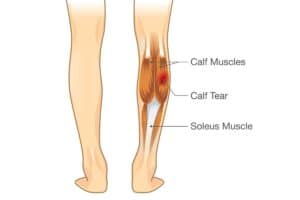
Diagnosing a calf strain is relatively easy as there will be pain and tenderness to the touch at the injury site on the calf muscle. There will likely be some swelling near the injury site as well.
Depending on the severity of the calf strain, the individual may be limping or afraid to place weight on the foot in fear of increasing the calf pain.
Within the first few hours, the calf muscles will begin to tighten up as the healing process begins.
Since calf injuries are fairly easy to identify, there are really only two other potential lower leg injuries that you want to rule out. The first and most severe one is an Achilles Tendon rupture. Most people that suffer an Achilles Tendon rupture report the sensation that someone kicked the back of their ankle or stepped on the back of their ankle when the injury occurred.
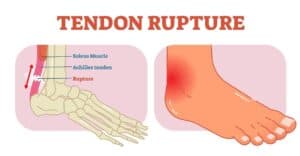
This did not actually occur, however the Achilles Rupture injury causes a similar sensation. If someone had an Achilles Tendon rupture, there would be a definitive divot within the tendon that would be quite noticeable. Additionally, the person would be unable to walk normally and they would need to seek out medical care immediately. Achilles Tendon reconstruction surgery is typically required in these cases.
Lastly, another injury that could be mistaken for a calf strain is Achilles Tendonitis. Again, this injury would be located within the tendon itself at the back of the ankle. This location is much further down the leg than where a calf strain would occur. Achilles Tendonitis is simply an overuse inflammatory injury to the Achilles Tendon that can be treated with physical therapy exercises.
You should treat an acute calf strain by following these initial steps:


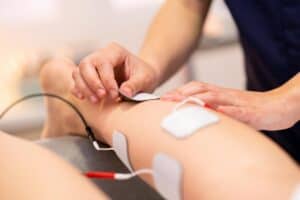

If you were unfortunate enough to suffer a severe calf strain or calf muscle tear, then you will likely find it very painful to walk on your injured leg. This is due to the stretch that is naturally placed through the calf muscles when walking.
In this case, you would likely benefit from using a walking boot and crutches to help allow the calf muscles to rest and heal without continuing to aggravate the injured tissue.
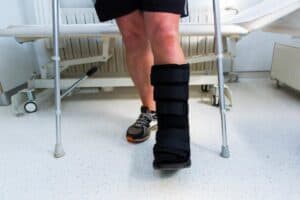
If you do decide that a walking boot and crutches would help, you will need to use them for 2-6 weeks in most cases to allow for ample healing time.


Modification of Sports Activities should be considered after even a mild calf strain. It is better to allow for complete healing of the injured calf muscles than to continue to participate in sports or other high-intensity activities and risk a full-blown muscle tear.
Seek medical attention if there is severe leg swelling present or if you still cannot put weight on your foot after the initial 1-2 days following the injury.
The simple answer: IMMEDIATELY! After suffering a calf strain, you can immediately begin to perform gentle calf strain physical therapy exercises as long as they are active range of motion activities within pain-free ranges. You will actually help promote healing and prevent any excessive increase in myofascial tightness (muscles and fascia) if you perform active range of motion calf strain exercises throughout the healing process. Remember, “motion is lotion.”
Begin with ankle pumps and ankle circles within pain-free ranges. Never push through the pain with these!
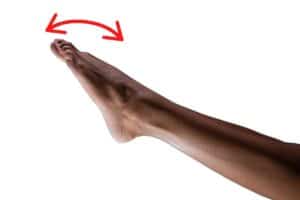

Over time, as the swelling, pain, and tightness in the calf muscles decrease, you can slowly progress the intensity and difficulty of the calf strain exercises.
There are a few activities that you will want to avoid within the first week after a calf strain injury.
The prognosis for a full recovery after a calf strain is excellent. I’ve successfully rehabilitated every single one of my patients with calf strains and calf muscle tears back to their pre-injury capacity. Expect your full rehabilitation program to take anywhere from 6-12 weeks depending on the severity of the initial calf strain. The sooner you get started with doing the proper calf strain exercises, the faster your recovery will be. You’ve got this!
Prevention of potential calf strains in the future can be best achieved by doing a proper warm-up prior to participation in high-exertion activities that will challenge your calf muscles (i.e. lifting weights, hiking, running, jumping, etc.)

